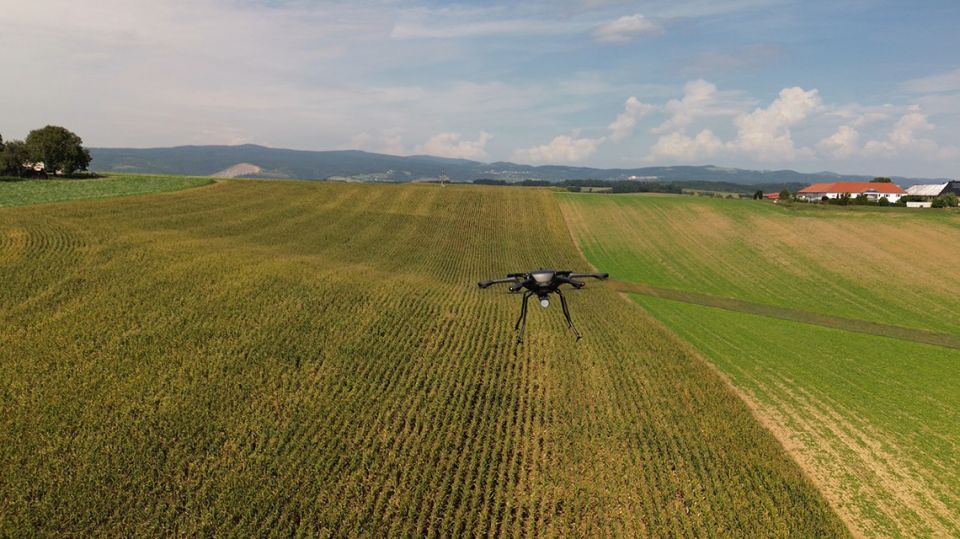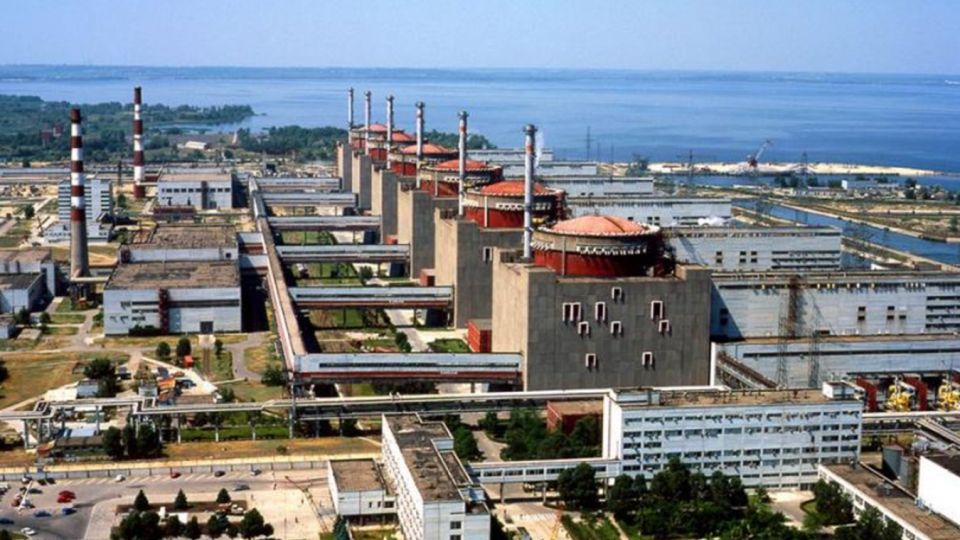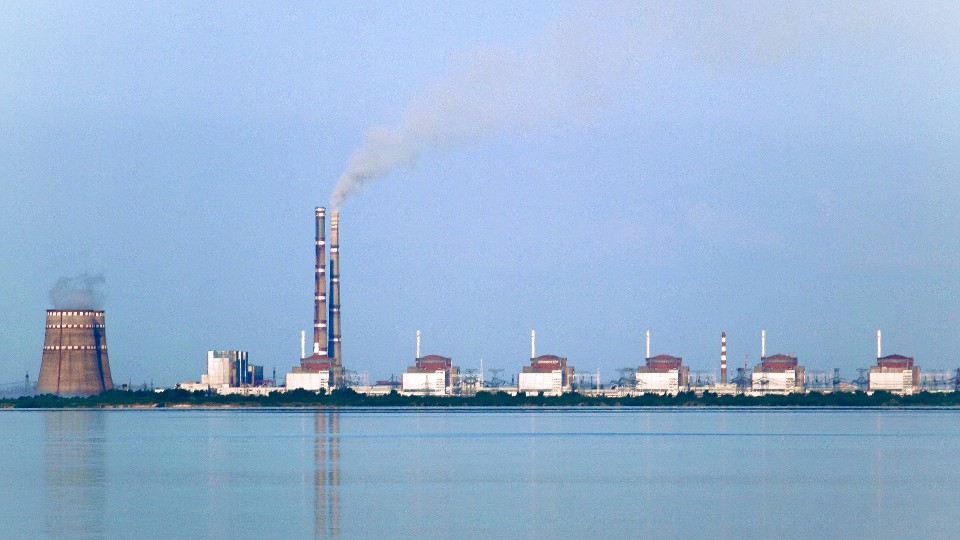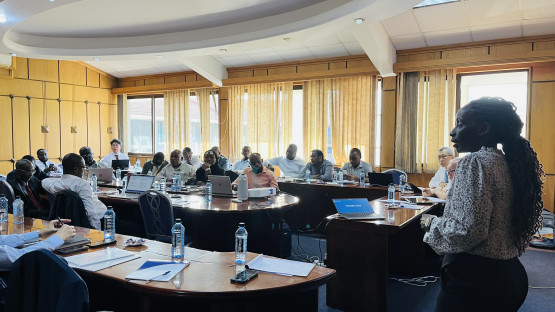The safe plan for Japan’s wastewater

Ken Petersen
president@ans.org
There has been a lot of breathless coverage surrounding the release of mildly tritiated wastewater from the Fukushima Daiichi site, generated in no small part by people, organizations, and even nations with a political axe to grind. But here are the facts:
On August 24, 2023, Fukushima Daiichi began its first release of tritium-containing water, following the Japanese government’s plans to meet all international guidelines. The International Atomic Energy Agency, which has established a permanent office at the plant, provided on-site observation, online monitoring, and an independent analysis of the release. (The IAEA will continue to do so for all future releases.) Tokyo Electric Power Company (TEPCO) reported that analyses of water samples taken from the sea within three kilometers of the plant showed tritium concentrations below 10 becquerels per liter, well below the 700 becquerels per liter set by the utility for suspending the release, and substantially below the drinking water quality standard of 10,000 becquerels per liter set by the World Health Organization.










